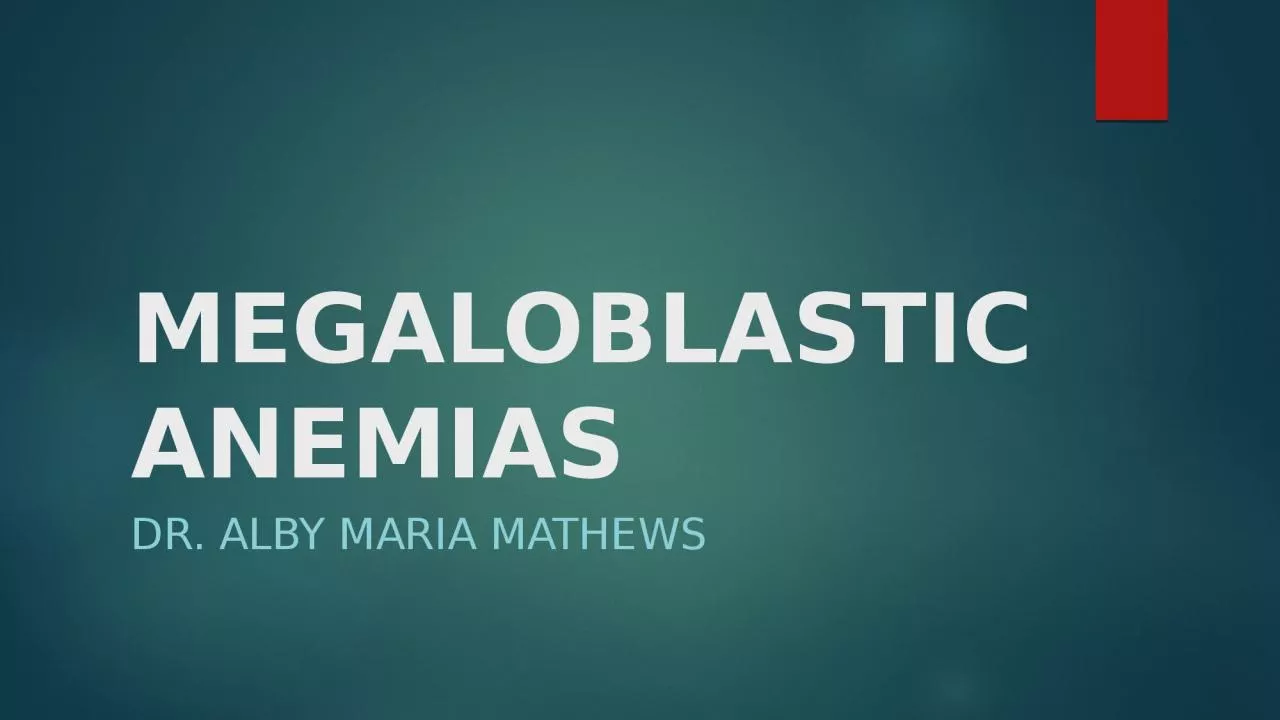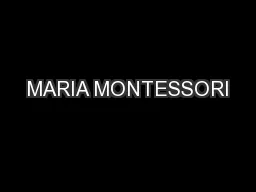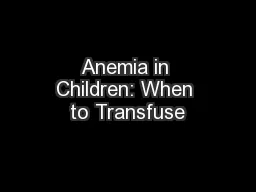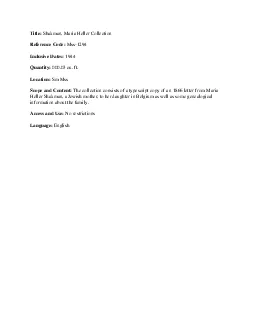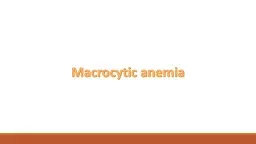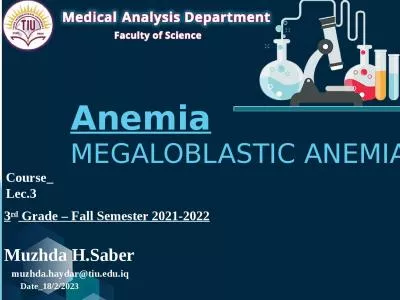PPT-MEGALOBLASTIC ANEMIAS Dr. Alby Maria Mathews
Author : eleanor | Published Date : 2024-03-13
Megaloblastic anemias are group of disorders characterized by the presence of distinctive morphological appearances of the developing red cells in the bone marrow
Presentation Embed Code
Download Presentation
Download Presentation The PPT/PDF document "MEGALOBLASTIC ANEMIAS Dr. Alby Maria Mat..." is the property of its rightful owner. Permission is granted to download and print the materials on this website for personal, non-commercial use only, and to display it on your personal computer provided you do not modify the materials and that you retain all copyright notices contained in the materials. By downloading content from our website, you accept the terms of this agreement.
MEGALOBLASTIC ANEMIAS Dr. Alby Maria Mathews: Transcript
Download Rules Of Document
"MEGALOBLASTIC ANEMIAS Dr. Alby Maria Mathews"The content belongs to its owner. You may download and print it for personal use, without modification, and keep all copyright notices. By downloading, you agree to these terms.
Related Documents

